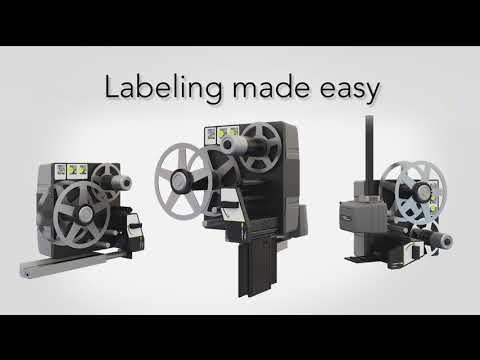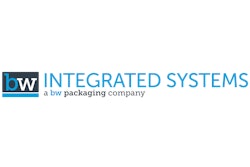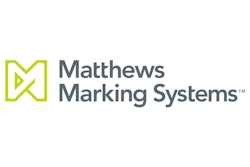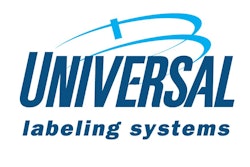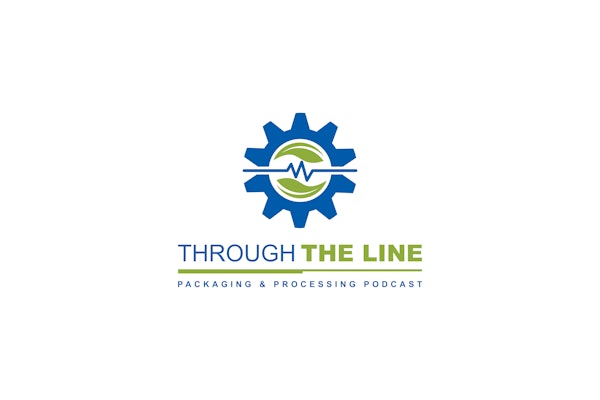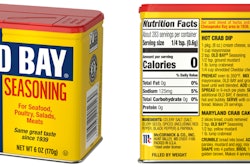One of the most difficult parts in applying for new insurance is to provide blood and urine samples for diagnostic tests. A contract packaging company in Greensboro, NC, GBF, Inc., has created a unique business in which the company designs, manufactures, and distributes diagnostic test kits to the laboratories that process them. One such kit is provided to medical professionals who actually draw the blood and ship the samples to a laboratory for analysis.
At GBF, thermoformed trays are packed with all the necessary components, including literature and instructions, then boxed for shipment to the laboratories. And because the kits contain products that have lot numbers and expiration dates, the complete kits must be coded and recorded so the company and the laboratories can trace them, in case one of the components was found to have a problem.
Each vacuum tube and needle in these kits must have lot numbers and expiration dates for tracking purposes. In the event that the primary manufacturer finds a problem and institutes a product recall, GBF’s records would enable it to contact any of the laboratories to which it shipped the subject kits.
On average, says GBF’s director of operations, Frank Eaton, the company packs and ships several hundred thousand diagnostic kits monthly. These kits can easily contain more than 30 components that a doctor or nurse uses to collect and ship the blood or urine samples to a laboratory.
Those components are all carefully packed into the cavities of a thermoformed tray on a semi-automated assembly line. When all components are in place, a friction-fit cover is applied, and the tray is conveyed to a point where the conveyor merges with another from an automatic line. This other line begins with a custom Model CFL-100 machine from MGS Machine Corp. (Maple Grove, MN) that sets up and opens the fold-and-tuck corrugated box. The box is then automatically conveyed past three literature inserters from Streamfeeder (Minneapolis, MN) that dispense into the bottom of the box an information form, an instruction sheet, and a brochure from the American Red Cross.
After the two lines merge, a worker loads the closed tray into the box and adds a pair of gloves and what’s called a transport bag. The box is then conveyed past the printhead of a S.C.I.F.I. Model 3200 ink-jet printer from Matthews Intl. (Pittsburgh, PA) that prints a single line onto the end of each box. A worker then adds a plastic cup inside the box, closes it, and packs the box vertically into a shipping case.
Improved readability
The ink-jet coder was added last year to improve reliability and readability and to reduce maintenance, compared to the coding system it replaced. “The new printer has a lot better legibility than the coder we had before,” says Eaton. “And it’s far less expensive to operate because it’s new technology.”
Although all these kits sound relatively simple, Eaton is quick to point out that both blood and urine samples are considered biohazards. So, from the component manufacturer to GBF and then to the laboratory, the doctor, and back to the lab, precautions are taken to minimize the hazard of handling these products.
There are three people at GBF who check the readability of the print on the boxes. This is done as they add the cup and close the box and later when the boxes are loaded, code side up, into the shipping case. The workers then fill out forms that show the destination for each lot number of products before those records are filed away.
The concern over handling goes much farther. The transport bag mentioned earlier is a waterproof bag that protects the samples when they’re shipped back to the lab. Absorbent material is inside the bag, and the bag can be sealed via a cohesive seal at the top to prevent any person from being exposed to the hazards, even if rough handling should cause one of the containers to break in transit.
In most cases, the tray in the bag is reloaded into the shipping box for mailing back to the lab. Eaton says that some labs ask medical personnel to use an overnight pouch.
Payback, too
“The reliability of this printer has been exceptional,” Eaton says. “Our old one, thanks to its age and technology, had become somewhat unreliable, and it was a production problem. The new technology not only produces a better imprint, but it’s far more trouble-free.”
The printer uses Matthews’ proprietary MattCom™ software that is accessed from a keypad. So the information to be printed is keyed in right at the line. Eaton says that the company uses a single line of print that includes a standard date, followed by a lot number and expiration date.
Along with improvements in reliability, the new printers also provide GBF with savings–beyond that of downtime. “The new printer is less expensive to operate because the ink is not as costly as what we used before,” Eaton points out, “and there is a whole lot less maintenance on it as well.
“We’ve had virtually no problems with it at all. We simply clean it once a week, and wipe it down once a day to get it ready, and that’s it.” Eaton also likes the service he’s received from Matthews. Part of that may be due to the fact that the regional service rep is located right in Greensboro.




